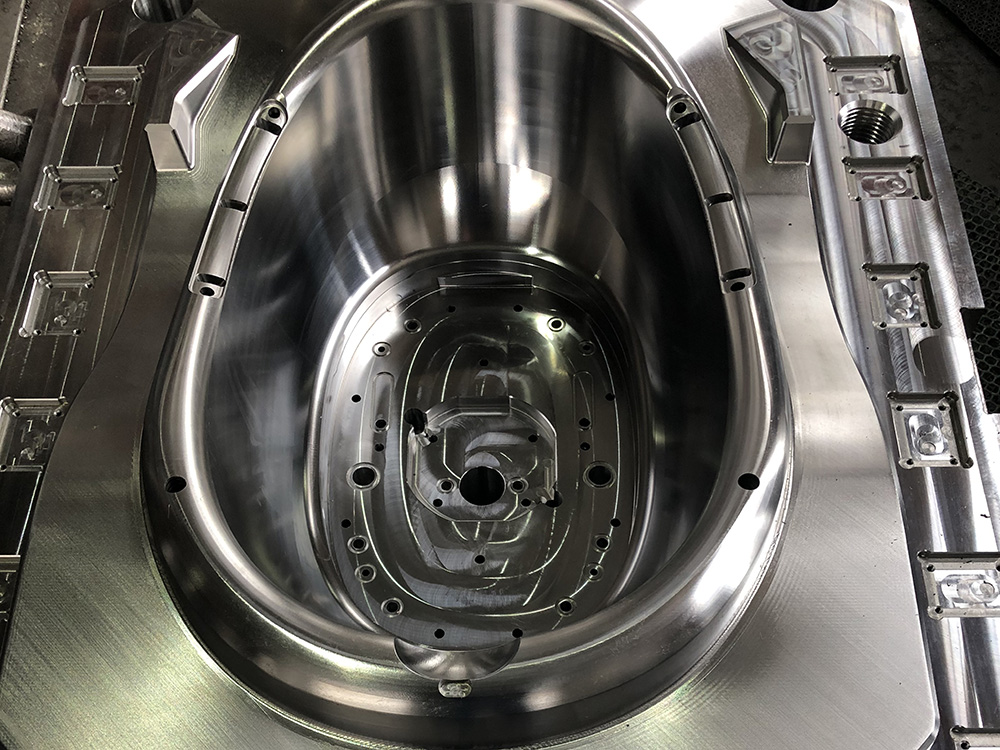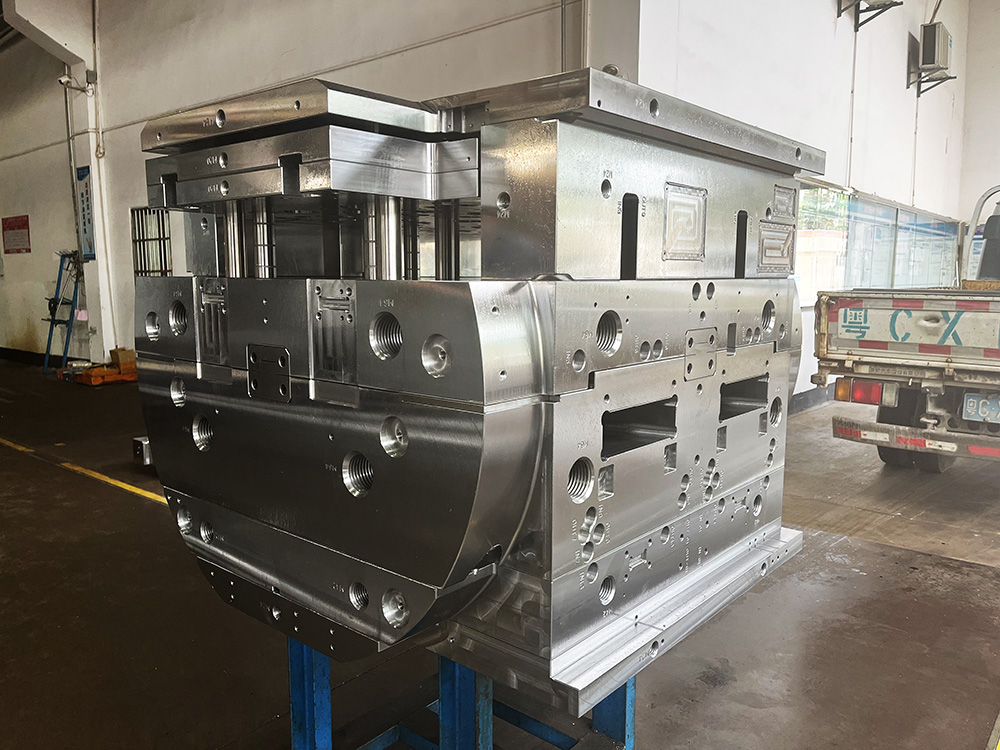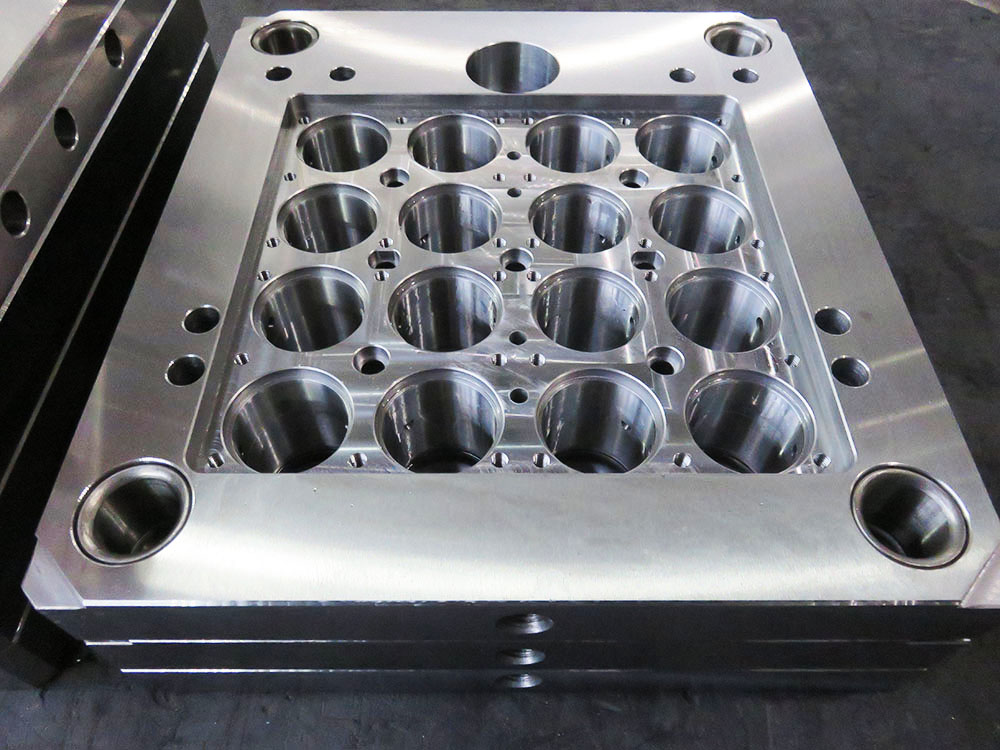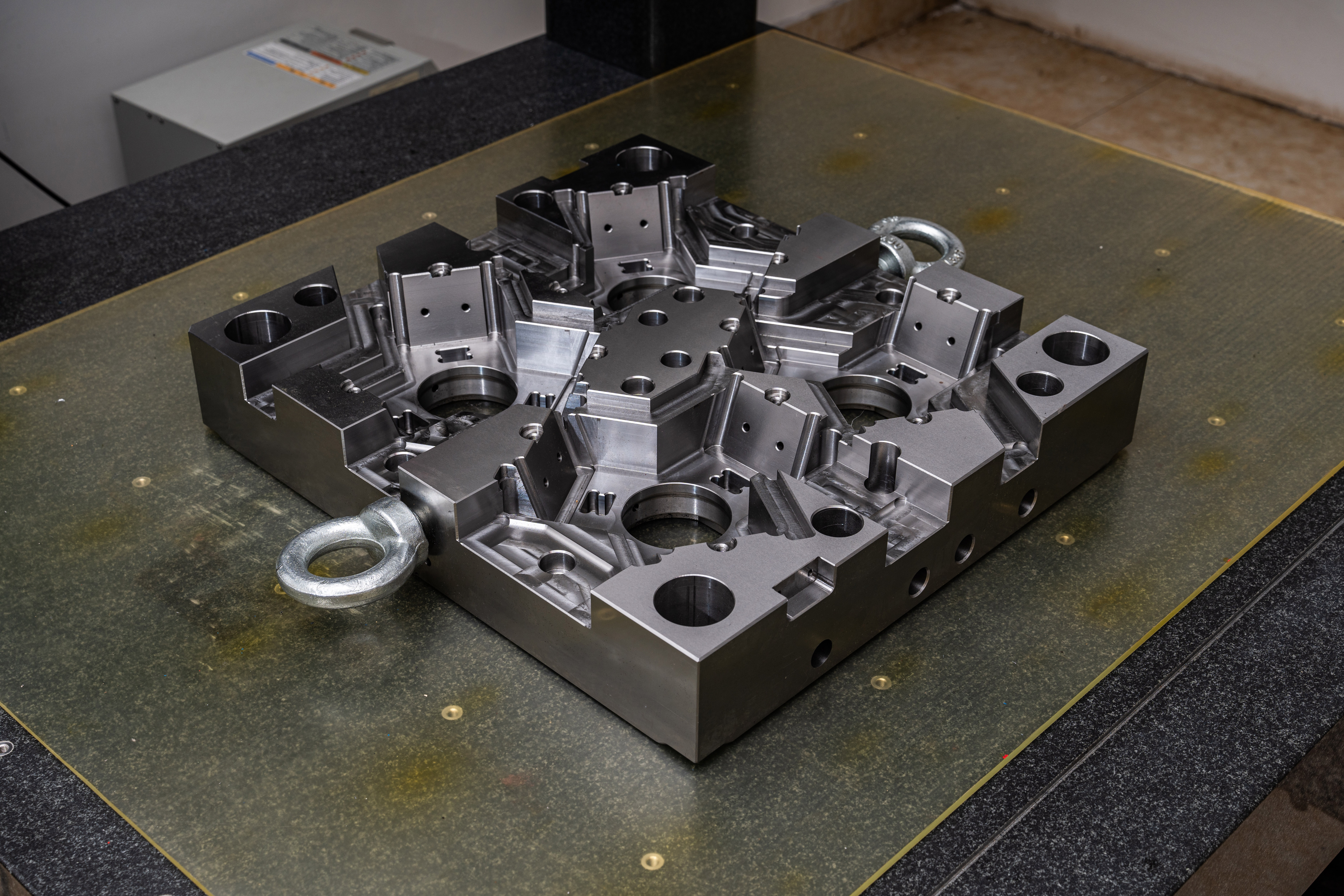How to Write a Scaffold Inspection Report in the Mold Base Industry
Scaffolds are essential tools used in the mold base industry to provide a safe and accessible working platform for workers. Regular inspection of scaffolds is crucial to ensure their reliability, stability, and compliance with safety regulations. Writing a scaffold inspection report is an essential skill for professionals working in the mold base industry. In this article, we will guide you on how to write an effective scaffold inspection report.
1. Introduction
Begin the report by providing a brief introduction about the purpose and scope of the inspection. State the date and time of the inspection, location of the scaffold, and the names of the inspectors involved.
2. Inspection Details
Provide a detailed description of the scaffold that was inspected. Include information such as the scaffold type, height, length, and width. Also, mention the number of platforms, guardrails, and other essential components present.
3. Inspection Criteria
Outline the criteria used for the inspection. This may include compliance with safety regulations, stability, condition of components, and proper assembly. Explain the specific aspects of the scaffold that were assessed during the inspection.
4. Inspection Findings
Summarize the findings of the inspection. Divide this section into subheadings to address different aspects of the scaffold, such as structure, stability, access, and working platforms. Use bullet points or numbering to present the findings in a clear manner.
5. Deficiencies
List any deficiencies or non-compliance issues identified during the inspection. Be specific and provide detailed information about each deficiency, including its location, severity, and potential hazards. If necessary, attach photographs for better understanding.
6. Non-Conformance Actions
Describe the actions that need to be taken to address the identified deficiencies. Clearly state whether the scaffold needs to be repaired, replaced, or modified. Provide clear instructions for corrective actions and suggest a timeframe for their completion.
7. Recommended Precautions
Offer recommendations to prevent similar deficiencies in the future. This may include regular maintenance, training programs for workers, or the use of specific equipment. Emphasize the importance of following safety guidelines and regulations.
8. Conclusion
Conclude the report by summarizing the key findings and highlighting the overall condition of the scaffold. Mention any positive aspects observed during the inspection. Sign the report, along with the names and designations of the inspectors.
Writing a thorough and precise scaffold inspection report is crucial to ensure the safety of workers in the mold base industry. By following the guidelines outlined in this article, professionals can create a comprehensive report that highlights the strengths and weaknesses of the scaffold and provides clear actions to address any deficiencies. Regular inspections and maintenance will help to maintain a safe working environment and prevent accidents in the mold base industry.




